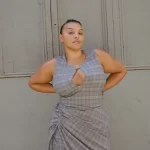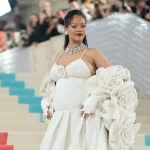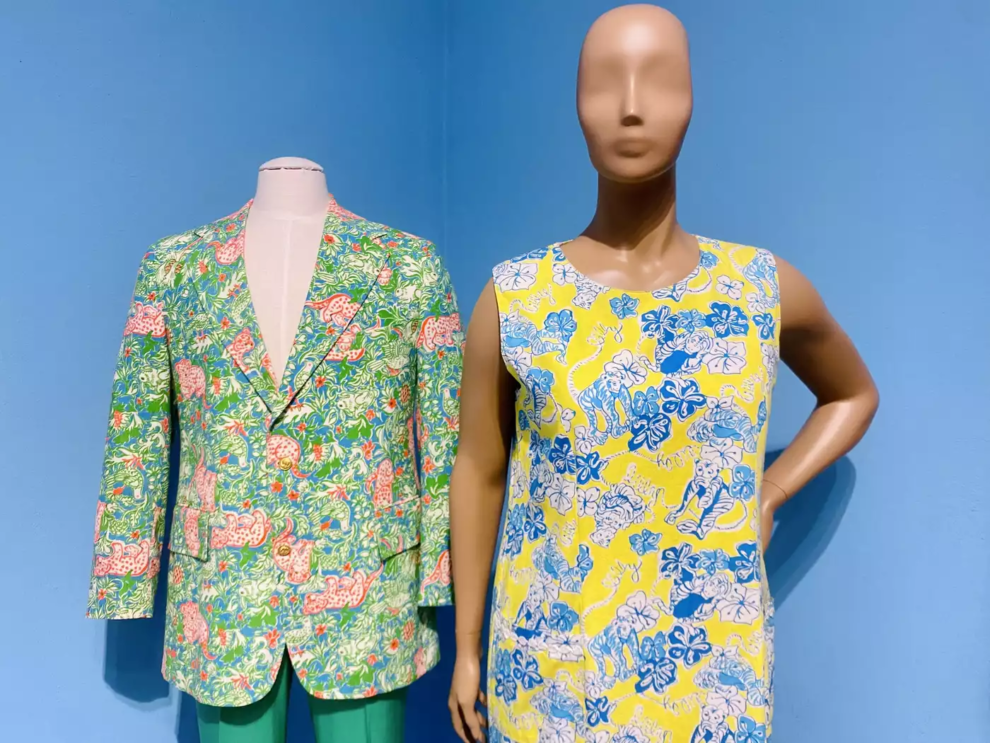A quick scan of the Goldstein Museum of Design, a small museum at the University of Minnesota, reveals wool swimsuits, beach pajamas, summer dresses, speedos, Panama hats and burkinis.
The styles presented in “Solar Flair: Dressing for the Sun” range from the present and date back to the late 19th century, when tourism became more accessible to the middle class and the fashion industry responded.
“The exhibition looks at how we dress for the sun and the history of that,” says interim museum director Jean McElvain, who co-curated the show with Laureen Berlin-Gibson and Sara Wilcox. “We’re looking a lot at ideas around covering the body, exposing the body and cultural mores around that. And just the technology of being able to wear something in the water and get out again, without it sagging.”

“We’re looking at things like the role of the sun in tourism and how there’s this sort of very interesting shift from getting away from the heat and the sun to really pursuing that,” adds Berlin-Gibson, “which then also ties into ideas about tanned skin and beauty ideals.”
The designs featured are all pulled from the museum’s collection, which resides in the College of Design. The earliest are the bathing suits, named as such because they were intended for bathing in bodies of water (they look more like nightgowns than a modern swimsuit), according to McElvain.
It wasn’t until the 20th century that the item transitioned to “swim” wear. Even then, designs took time to evolve, McElvain says, pointing to a pair of wool swimsuits — the male and female versions almost identical with matching modestly cut scratchy tank tops and shorts.
One of the most interesting exhibits in the show pairs a string bikini, which provides minimal coverage, with a burkini, which provides full-body and head coverage.

The latter is often designed for and by Muslim women. Parts of France have banned the burkini in public spaces like pools and beaches. Courts claim it’s the government’s secular duty, while many claim it’s based in the country’s Islamophobia and can actually endanger Muslim women.
For the curators, it’s also a commentary on the impossible standards for women.
“Women can’t win: Either they’re showing too much or too little, or it’s just a very political kind of constraint that you’re up against constantly,” McElvain says. McElvain adds that burkinis have been the target of controversy and bans, while other full-coverage swimwear has not.
“On the one hand, with modern swimsuits, you have these options, but regardless of what option you choose, there is still going to be some judgment attached to it as well,” Berlin-Gibson says.
McElvain says that burkinis have been the target of controversy and bans, while other full-coverage swimwear has not.
“As much as people might snicker at what people are wearing at the beach between them and a friend, basically, in the U.S., almost anything is acceptable, as long as it’s covering up the major — nipples and genitals — everything kind of goes,” McElvain says, laughing.
“Solar Flair” is on view through October 7.

Source: mprnews




























